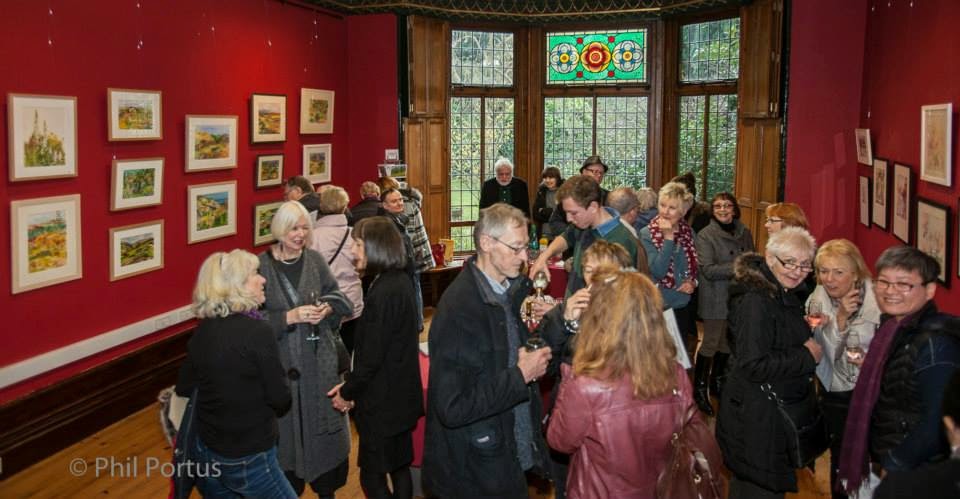The prints I produced are below. You can also see the plates - some wood, some mount board, some metal. I've listed the materials used in each plate - and outlined the ones I liked and didn't, for my own reference and maybe other printmakers will find it helpful too. Thanks to Alan Birch and Jill Randall for a fantastic weekend workshop.
Here are the plates, all shellac coated - with a mix of "ingredients" added:
Ply wood plate with lentils, carborundum, sticky back plastic (burnt with blow torch), glue
Mount board plate (cut into in places) plus bubble wrap, lentils, wallpaper, embroidery thread & cotton
Metal plate with tile grout, scratched into, carborundum, wallpaper, lentils, porridge, beads & glue
Mount board plate with embroidery thread, tile grout (scratched into), pieces of material, sugar, carborundum and glue
Mount board plate with added linguine pasta, porridge, lentils, carborundum, packing tape, tile grout, wallpaper, glue
Wooden plate with tile grout, carborundum and sticky tape, burnt and distressed, using a blow torch
My favourite materials were the tile grout and sticky tape, especially when burnt. They make fantastic textural patterns. The tile grout once bubbled with heat will break up a bit in the press. Tile grout scratched into and left to dry was excellent, along with carborundum and sugar.I liked the bubble wrap but it's hard to control the effect. Glue when used thickly was excellent. For me (in moderation!) the lentils and porridge were great. They need to be shellac-ed well or they will try to come off the plate under pressure. The threads worked well - particularly the thicker embroidery thread.
Linguine was far too brittle. The beads were far too thick and deep. It didn't work well to have too much variation in depth, for example cutting into the mount board as well as adding bubble wrap. I also tried rolling over a relief colour into the linguine rooftops. There was too much depth in the plate for this to work effectively. Another lesson learnt!
It's a great effect for a simple plate, as shown below, from a previous occasion:
Close up of collagraph print of the Isola Bella in Taormina, Sicily, with a blue relief "roll-over"
Shallow mount board plate, cut into, with added sandpaper and glue
The same plate printed in mono.






































.jpg)
.jpg)












